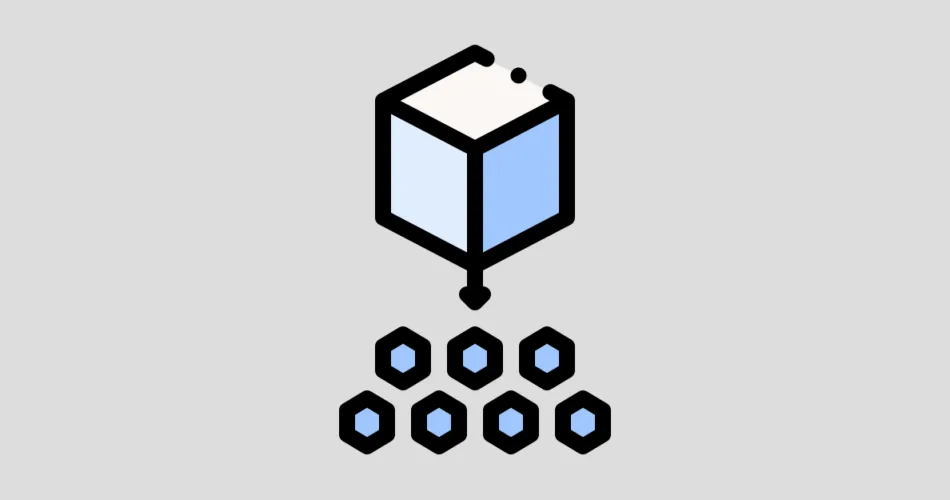In the world of microservices architecture, effective data management and persistence are critical for building robust and scalable applications. In this blog post, we will delve into the intricacies of data management, exploring different strategies and techniques that empower microservices to store, retrieve, and manage data seamlessly.
1. Database Per Service vs. Shared Database
One of the fundamental decisions in microservices architecture is choosing between a database per service and a shared database. With a “Database Per Service” approach, each microservice has its own dedicated database. This enhances service independence, allows technologies tailored to specific needs, and minimizes inter-service dependencies.
On the other hand, a “Shared Database” approach involves multiple services sharing a single database. While this can simplify data consistency, it can lead to complexities when handling changes to the schema or data format.
For example, an e-commerce application might employ a database per service approach, with separate databases for order management, user profiles, and inventory.
2. Event Sourcing and CQRS
In microservices architectures, developers utilize advanced patterns like Event Sourcing and Command Query Responsibility Segregation (CQRS) to handle data. Event Sourcing captures all changes as a sequence of events, allowing for a complete audit trail and the ability to reconstruct the application state at any point. CQRS separates read and write operations, optimizing data retrieval and modification independently.
Imagine a social media platform. Event sourcing stores every action (like, comment, post) as an event, enabling the accurate representation of the user’s timeline. CQRS ensures that read-intensive actions like viewing the timeline are separate from write-intensive actions like posting.
3. Data Consistency and Integrity
Maintaining data consistency and integrity is crucial in distributed systems. Synchronizing changes across services can be challenging in microservices architecture. Distributed transactions can be complex and lead to performance bottlenecks. Developers employ techniques like “Saga Patterns” and “Compensating Transactions” to manage distributed transactions without relying on traditional ACID properties.
For instance, a travel booking application could use the saga pattern to handle booking flights, hotels, and car rentals. If a service fails, the system can execute compensating transactions to revert the changes made by previous steps.
In conclusion, data management and persistence are pivotal in microservices architecture. Deciding on database strategies, embracing event sourcing and CQRS, and addressing data consistency challenges are all integral to building resilient and scalable applications. By understanding and applying these strategies, developers can harness the power of data to create innovative and adaptable software systems that thrive in the dynamic landscape of microservices architecture.
Unlock the potential of data management and embark on a journey that transforms your microservices architecture into a powerhouse of efficiency and scalability.
Subscribe to our email newsletter to get the latest posts delivered right to your email.


Comments